AO Edited
King Arthur's Stone
A 6th-century stone lies at the site of the mythical battle waged between King Arthur and his nemesis Mordred.
“Mordred was indeed the boldest of men and always the first to launch an attack. He immediately drew his troops up in battle order, determined as he was either to win or to die… On the other side, Arthur, too, was marshaling his army… the lines of battle suddenly met, combat was joined, and they all strove with might and main to deal each other as many blows as possible.”
This excerpt from The History of Kings of Britain by historiographer Geoffrey of Monmouth paints a picture of the mythical battle of Camlann. In the book, this battle took place near Cornwall and the river Camblam. Arthur faced off with his traitorous nephew Mordred, who had stolen Guinevere and Arthur’s rightful kingdom. Once ended, the Britons won, but it spelled the downfall of their dominion of Britain. After Arthur, the Saxons and Angles prevailed.
On the site of this decisive legendary battle lies hidden a shard of truth. A stone, inscribed in both Latin and Ogham (a form of Celtic runic writing), reads (in Latin), “Latin…iic iacit filius M…Ar…” Some interpreters take it to mean, “The Stone of Latinus; here lies the Son of Ma.” Some believe “Ma” could mean “Magni Arturi,” Arthur the Great.
Unintelligibility aside, the stone has been dated to the 6th century, around the time the real Arthur could have lived. Some view it as a compelling point that makes a stronger case for Arthur’s existence, which has been debated for a long time. The stone is over 9 feet tall and was first recorded by writer Richard Carew in the 17th-century, when he surveyed the region of Cornwall.
Around the stone are many other fascinating medieval sites. An Arthurian Centre corrals them all, and from there you can explore the ones that pique your interest. There is the 18th-century secret garden of Lady Falmouth, the village of Melom, and the actual site of the mythical battle between Mordred and Arthur. Additionally, there is a trail that leads through Arthurian legend locations in this area, starting from Tintagel and ending at Dozmary Pool, where Arthur found Excalibur.
Know Before You Go
The Arthurian Centre is open sevcen days a week, from 10 am to 5 pm. An entry fee is is required to see the stone.

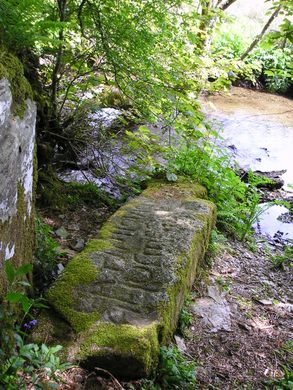


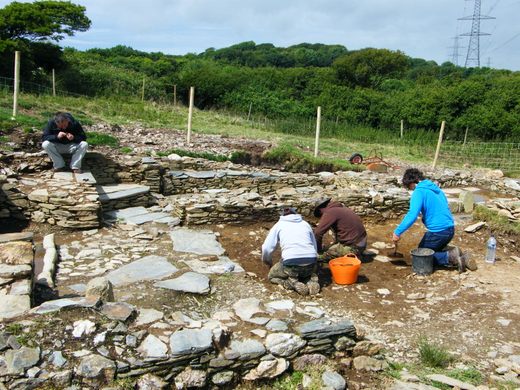



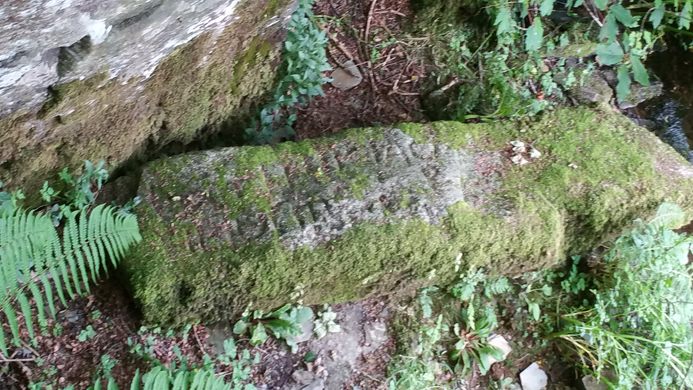







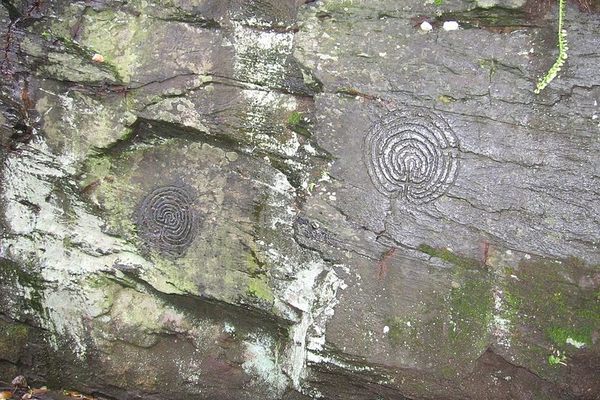

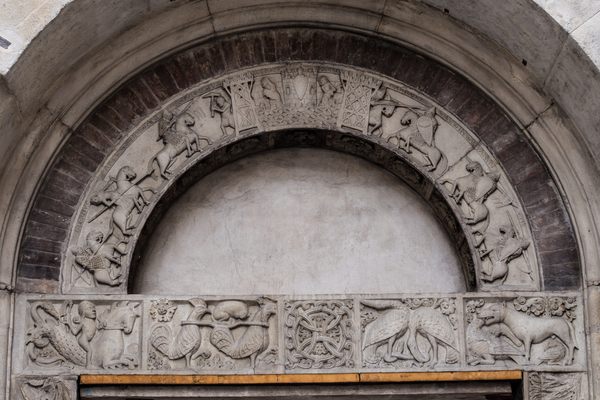


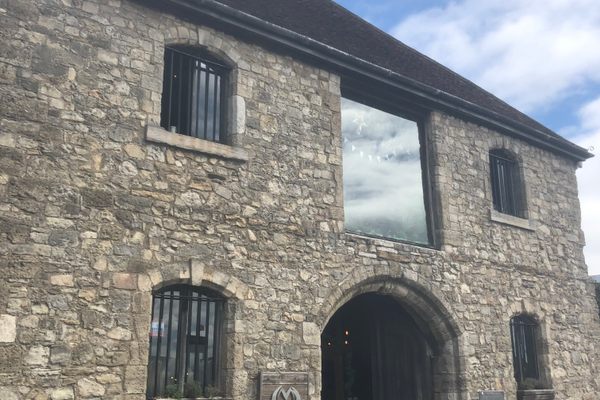

Follow us on Twitter to get the latest on the world's hidden wonders.
Like us on Facebook to get the latest on the world's hidden wonders.
Follow us on Twitter Like us on Facebook